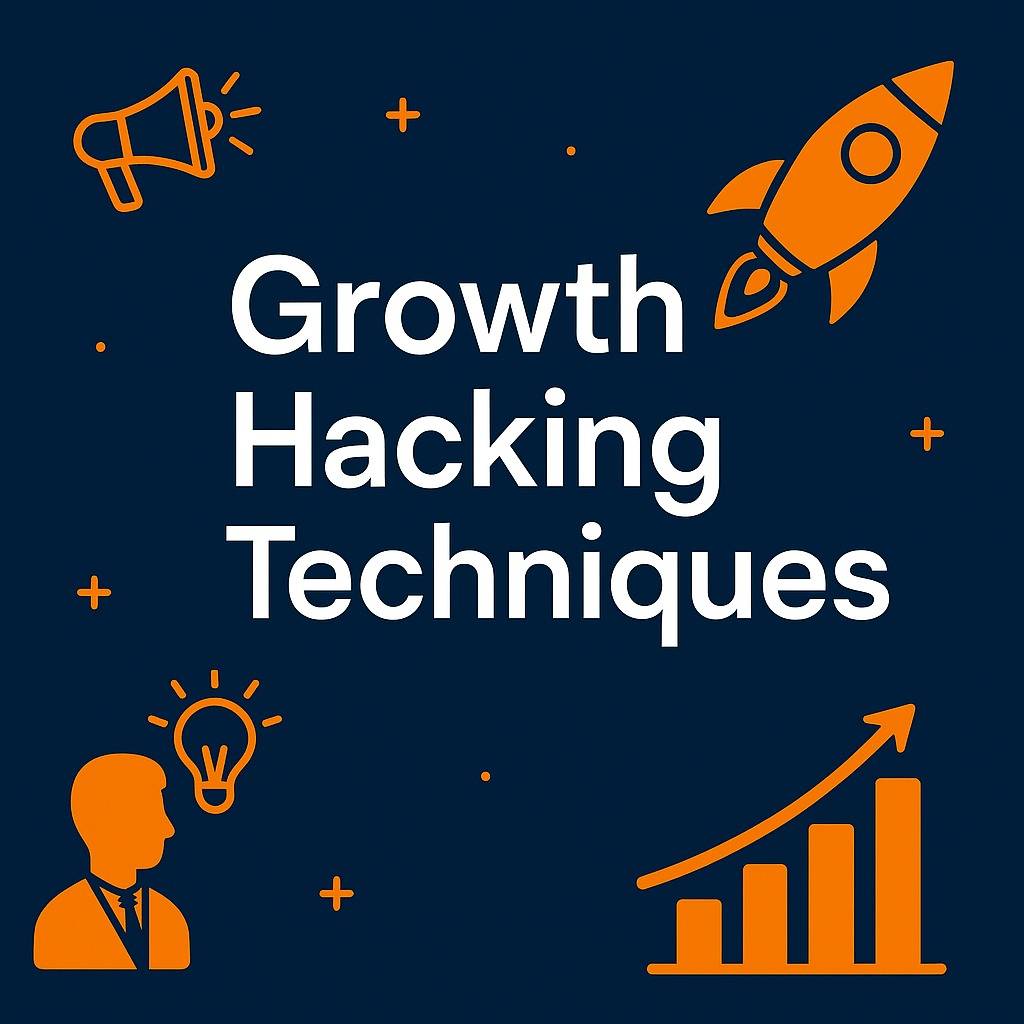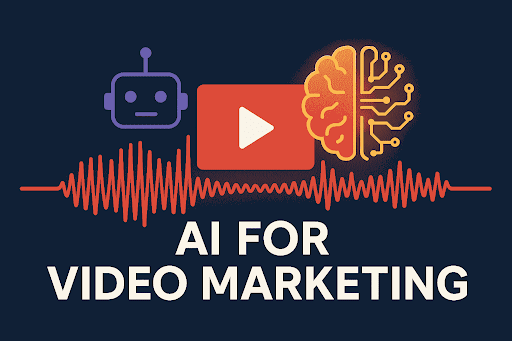Viral Referral Programs
Referral programs are one of the most effective growth hacking techniques because they leverage your existing user base to bring in new customers. Dropbox grew from 100,000 to 4 million users in 15 months using its referral system that offered free additional storage to both the referrer and the referred friend. Why referrals create exponential growth:
Each happy customer turns into a brand ambassador, creating a chain reaction of new sign-ups. How to implement it in your business:
Offer attractive incentives like discounts, free trials, bonus features, or loyalty points to encourage referrals.
Scarcity & Urgency Campaigns
People fear missing out on good deals. That’s why limited-time offers and countdown timers work so well. For example, Booking.com shows messages like “Only 2 rooms left!” or “Booked 10 times in the last 24 hours” to create urgency and prompt faster decisions. How to use this:
Add urgency-based CTAs on landing pages, run flash sales, and use countdown timers in emails to increase conversions.
Leveraging User-Generated Content (UGC)
UGC builds trust and community engagement. GoPro is a prime example, encouraging customers to share photos and videos shot on their cameras, creating massive brand visibility without spending on traditional ads. How to implement: Ask customers to post their experiences with your products, run hashtag campaigns, and showcase the best UGC on your website and social media.
Optimising Onboarding Experience
Your onboarding experience determines whether users stick or leave. Duolingo’s gamified onboarding flow makes learning fun, rewards small achievements, and keeps users engaged from day one. How to optimise: Simplify signup, guide users with tooltips or walkthroughs, and offer instant value in the first session.
Using FOMO (Fear of Missing Out)
FOMO drives people to act quickly to avoid missing opportunities. Brands use tactics like flash sales, “trending now” badges, and live purchase notifications to boost urgency. FOMO drives people to act quickly to avoid missing opportunities. Brands use tactics like flash sales, “trending now” badges, and live purchase notifications to boost urgency.
Content Upgrades and Lead Magnets
Content upgrades are valuable resources offered in exchange for user emails, such as downloadable checklists, templates, or ebooks related to your blog topics. Why it works: It boosts your email list rapidly with highly targeted leads who are genuinely interested in your niche.
Influencer and Micro-Influencer Collaborations
Collaborating with influencers expands reach and builds brand trust. Micro-influencers (with 5k–50k followers) often have highly engaged audiences and charge less, making them ideal for startups. Example: Local cafes collaborating with city food bloggers to promote new menu launches and offers.
A/B Testing Everything
A/B testing is crucial for finding out what works best for your audience. You can test headlines, CTAs, landing pages, ad creatives, and email subject lines. Tools: Use Google Optimize or VWO to test variations and optimise for maximum conversions.
Gamification Techniques
Gamification keeps users engaged by making experiences fun and rewarding. Starbucks Rewards app gamifies purchases by offering stars, badges, and exclusive offers, boosting loyalty and repeat sales.
Leveraging AI Tools for Automation
AI is revolutionising growth hacking by automating repetitive tasks. Use tools like ChatGPT and Jasper for copywriting, ManyChat for automated messaging, and AI analytics tools for data insights. Benefits: Save time, personalise user experiences, and scale marketing activities efficiently.
Conclusion
Growth hacking is about creative, data-driven experiments that help businesses grow rapidly with minimal resources. By implementing these techniques, students and entrepreneurs can scale their ventures faster and achieve sustainable success.





